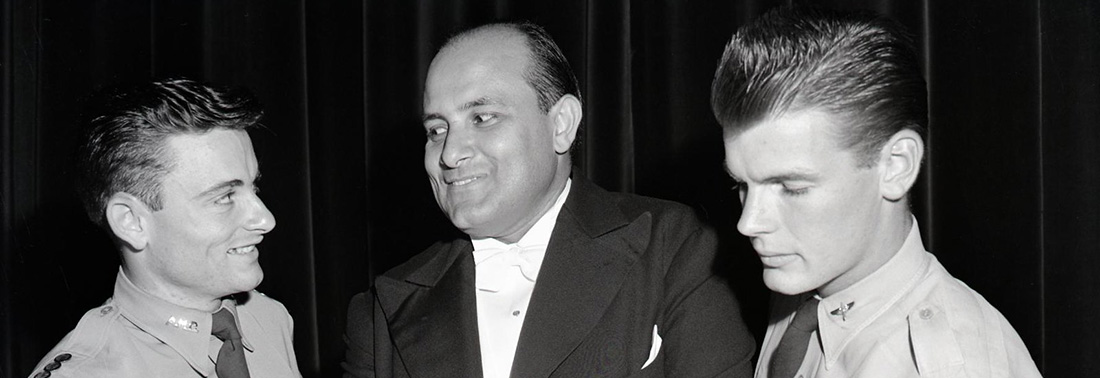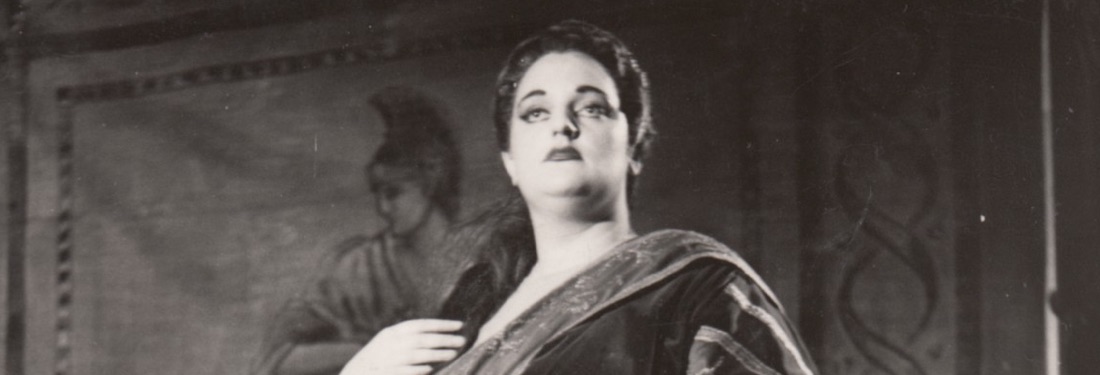
Howard Taubman in The New York Times:
Birgit Nilsson filled the Metropolitan Opera House last night with the glory of the finest Isolde since the unforgettable days of Kirsten Flagstad two decades ago. . . .
At the final curtain the audience began a thunderous demonstration. As the principals came out for repeated bows all eyes were on the soprano. An ovation was building up for her, and it broke out into a thunderous shout as she came out alone.
People seemed disinclined to go home. The lights in the theatre were dimmed, but men and women throughout the house remained near their seats, applauding for Miss Nilsson’s return. After more than fifteen minutes of plaudits, the enthusiasts let Miss Nilsson return to her dressing room.
Like Miss Flagstad, who created a similar sensation in her 1935 debut, Miss Nilsson relied first and foremost on the voice. Her soprano has apparently limitless reserves of tone. In a range well over two octaves, no note loses its quality, and high C’s emerge with stunning impact.
Although she is small and trim compared with the run of Wagnerian sopranos, Miss. Nilsson can make her voice soar over the fortissimos of a large orchestra in full cry as if it were jet-powered. Her singing is beautifully focused, always in the center of the tone. Not so darkly colored as Miss Flagstad’s huge voice, Miss Nilsson’s has a gleaming refulgence. It can be whitish, to use the jargon of the vocal trade, but it can glow with warmth.
Miss Nilsson can do just what she wishes with this instrument. She can subdue it to a wisp of tone and she can modulate phrases with subtlety. She has a sure grip on the emotional curve of one of opera’s most challenging roles.
The new soprano, who has sung extensively in Europe, including Bayreuth, the Wagnerian shrine, as was as in San Francisco and Chicago, also knows how to act. She moves with poise and dignity. She does not stress the tenderness in Isolde, but even that element in the character comes through in the voice.























Comments